MICHELLE: It’s time for another installment of Let’s Get Visual, a monthly feature in which Manga Bookshelf’s MJ and I work to expand our artistic horizons!
This month’s column is inspired by a recent TOKYOPOP release, How to Draw Shojo Manga. Instead of simply offering tips on drawing faces, poses, or cute little animals, this book surprised and impressed me by its wealth of specific advice on many aspects of the manga-creation process. I covered it in a recent Off the Shelf column, and concluded by saying, “Even a casual manga fan would find this book illuminating. For a reviewer, particularly ones like us who are trying to improve our skills in artistic criticism, I’d go so far as to call it positively indispensable. There’s so much practical advice about what a mangaka should be—and theoretically is—striving for in his/her work that I found it quite a fascinating read.”
I put together a list of some of the techniques suggested by the book, and MJand I kept our eyes out for shoujo manga that puts them into practice. Happily, I stumbled upon a perfect example almost right away in the series Karakuri Odette, recently the topic of the Manga Moveable Feast.
Karakuri Odette, Volume 5, Pages 1-2 (TOKYOPOP)

MICHELLE: These two pages exemplify several elements from How to Draw Shojo Manga. On the first page, for example, we have a variety of different-sized shots of the scene and characters, as recommended on page 60. (“Each page needs a rhythm. If all the panels are the same size, and the characters just sit there talking, that’s no fun to read.”)
In the middle of the second page, when the danger of the falling boards is realized, the use of diagonal lines evokes this piece of advice, from page 68: “By placing a character at a diagonal within the panel, the composition becomes unstable, allowing you to express the character’s anxiety, nervousness, or fear.”
Lastly, you’ve got the cliffhanger page-turn to build up the reader’s anticipation, as advised on page 59. “If you can hook the readers at the bottom of the page and make them ask “What next?!” as they turn the page, then you’ve succeeded.”
I’m starting to wonder if mangaka Julietta Suzuki read this book, too!
MJ: Well, if you think about the fact that the book was written by editors from the publisher that released Karakuri Odette, it seems likely that these are standards to which they hold all their artists!
You know, aside from obvious two-page spreads, I’d never really put a lot of thought into how important it can be for a chapter’s right and left-hand pages to be so precisely displayed. But it’s clear here that the bottom left panel of the left-hand page must immediately precede the page turn in order to have its intended impact. This actually brings up some questions for me about the effectiveness of digital distribution, given that most of the readers I’ve encountered favor (or at least allow) single-page views. How much page-to-page impact are we losing by reading manga on a portable device without even realizing it?
MICHELLE: Yes, I had meant to mention that the book was produced by the editors of Hakusensha’s shoujo manga.
And yes, that’s a great point. I believe the viewer at the NETCOMICS site preserves the two-page view, which is excellent, but others don’t. I suppose this is the argument in favor of shelling out loads of money for an iPad instead of trying to read shrinky-dink manga on one’s Kindle, but eh. I think I’ll stick with paper books!
Moving on to pages three and four…
Here we’ve got the resolution to the cliffhanger, in which Odette swoops in to save the day with her android strength. Suzuki uses a nifty trick to express Odette’s predicament simply through composition: placing her alone in the middle of a wide shot (as advocated on page 68) emphasizes her isolation from her classmates in this moment, bringing into focus how different she is from them, in that she can pull off this feat with ease.
Not that this stops her, as she chivalrously scoops up her classmate—”It’s effective to have a panel that draws the eye to the top of the left page,” notes the book—and carries her off. We know they’ve gone to the nurse’s office because Suzuki has followed the advice about using a sign or placard as an establishing shot when changing scenes (page 76).
I’ve got to say, it feels a little odd to be able to match up practically every panel to a specific piece of advice in the how-to book because when I read this scene, I really didn’t think of any of these things. Suzuki may be employing common practices when drawing her series, but that doesn’t make it feel generic.
MJ: I’ve definitely found it a bit jarring to realize just how much these pages adhere to a fairly strict artistic formula. It all seemed so natural when I was reading them! I suppose what this really demonstrates, though, is how much careful craft goes into creating something that can flow naturally for millions of individual readers. The visual language that Suzuki uses to tell an effective story using just a series of still drawings is key to our understanding.
Also, it’s important to remember that this kind of structure is only the framework for displaying a story to readers, and not the heart of the manga itself. Suzuki puts a soul into her story that would never be possible by way of panel formula only. The structure just makes some of the storytelling easier, by giving us visual cues our brains can process with little effort. It’s clearing the way for the heart of the story, I suppose.
MICHELLE: Oh, that’s a lovely way to put it. I mean, really, when you think about it, if a creator went to a lot of trouble to come up with some wildly innovative new way to do an establishing shot, for example, it could either not quickly make visual sense to the reader or could detract from their enjoyment by yanking them out of the story. You used the phrase “visual language,” and I think that’s exactly what we’re dealing with here.
MJ: Yes, exactly! There’s a reason you weren’t thinking about any of these things when you were first reading the book. The point of this kind of visual language is that you don’t have to. Our brains do that work automatically because we’re already fluent in the language. That’s not to say that there isn’t value in artistic innovation. Of course there is! But with a story like this, you want the focus to be on the characters and their relationships. The craft should be invisible, so as not to distract from the point at hand.
MICHELLE: All I can do is nod, because you’ve said it so well!
How does this visual language manifest itself in the pages you’ve chosen?
MJ: Reading How To Draw Shojo Manga, I was struck by how really modern it feels. All the artwork inside is very consistent with what we’ve seen coming over for the past few years, so I thought it might be fun to look at something a little older, as well as something that falls well outside the romance genre, which is what we mostly see these days. To that end, I dug out a volume of CLAMP’s Tokyo Babylon, which is about fifteen years older than Karakuri Odette (give or take) and, though there’s a sort-of-romance element involved, leans heavily towards dark fantasy.
Tokyo Babylon, Volume 6, Pages 109-109 (TOKYOPOP)

Here in the first set of pages, the story’s protagonist, Subaru, is clearly waking from a nightmare. You can see that, like Suzuki, CLAMP is also using varied panel sizes to establish rhythm, as well as a number of different camera angles for cluing us in to Subaru’s state of mind. The contrast between Subaru’s dramatic awakening and the realization that he’s very much alone is especially effective, I think. At the bottom of the first page, we feel his unsteadiness as he pulls back the curtains to let light into the room, and then our eyes are drawn easily to the top left by the reflection of his hand in the mirror, given emphasis by its position in the foreground of the panel.
As the image of Subaru’s sister enters the scene, the panel frames fall away, leaving her sitting freely on the page, indicating both a change of scene and a sunnier, more open space, in contrast to the darkness of everything that comes before. While this bottom left panel lacks the “cliffhanger” feel we saw in the Karakuri Odette pages, this change of time and place gives us a compelling reason to turn the page.
MICHELLE: I agree that the moment of Subaru’s lonely awakening is striking—even though it’s so much smaller than the panel below it, it still packs more of an emotional wallop, I think.
Are you familiar with the musical concept of an agogic accent? In one type, a note is accented simply by being delayed for a fraction of a beat. In other words, it stands out all the more because it’s been given a little bit of space. The bottom-left image of Hokuto reminds me of the same idea—because we’ve busted out of the panel framework and given her some space, she seems all the more significant. The white background behind her does a nice job of evoking happier days, as well.
MJ: Oh, what a perfect analogy, Michelle! Yes, I think this is exactly the same concept, applied to visual art. I suppose if you think about it, music and comics have something in common, both being sequential in a manner of speaking.
The first page here is drenched in light, with almost no background detail at all, aside from the mirror and one look at the floorboards, both of which help establish that the scene takes place in the same room that Subaru woke up in. It’s a warm scene in every way, from the brightly lit room to Hokuto’s cheerful dialogue. It would really be the sweetest scene in the world, if our eyes were not inevitably drawn to the heavy darkness of the top left panel.
Hokuto’s still there, of course, but it’s obvious that something is horribly wrong, with Subaru reduced to a tiny figure, trapped in the darkness with his own mirror image. I say “trapped,” because that’s what this feels like to me, with the oppressive darkness surrounding Subaru and the mirror. This feels even more dramatic to me than the lonely image on the first page–an impression enhanced by the violent panel that follows.
Again, we’re not seeing a cliffhanger here. This feels more like a period than an ellipsis, if that makes sense, though it’s pretty effective as is.
MICHELLE: In a way, CLAMP is using some of the same techniques mentioned in How to Draw Shojo Manga on these two pages. Using just enough background to establish the scene—”About one or two panels with backgrounds per page is good,” quoth page 86—and placing a striking image on the top left. And wow, there is just really no escaping the gloom of that left-side panel! Even if you’re not looking at it directly, it certainly registers and tinges one’s read of the brighter page with expectation of sorrow.
MJ: Oh, well said! Yes, it makes the bright panels bittersweet simply by being in the peripheral vision of that page.
I expect what we’re seeing here is just how basic and long-standing these visual techniques are, even the background guidelines which seem very specific to shoujo manga. It seems likely that these things became part of the rule due to their effectiveness in practice, rather than the other way around, and I expect we’d see most of these techniques utilized in any country’s long-form comics.
MICHELLE: Oh, definitely. These aren’t arbitrary rules imposed by some official body—they’re effective techniques distilled from what has come before. I could blather on with more comparisons to music here, but perhaps I’ll save that for another day!
Thank you for tuning in to this month’s column. If you have examples of shoujo techniques in practice you’d like to share, or opinions of where we’ve gone right or wrong, please join in the discussion! We’d love to hear from you.
















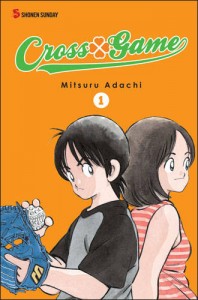
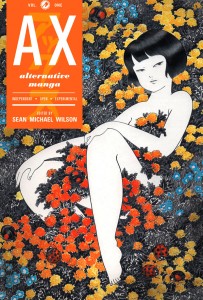
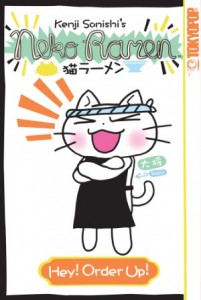
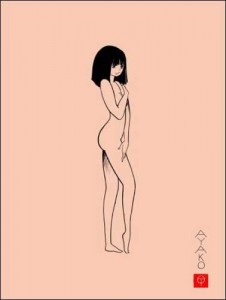
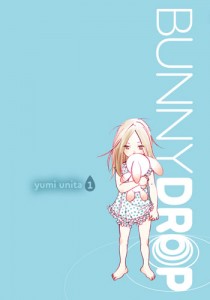
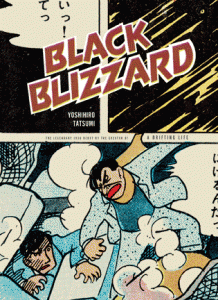
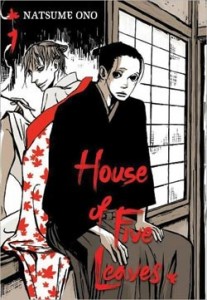
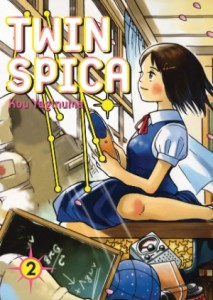

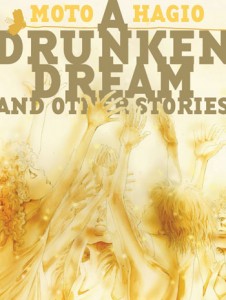
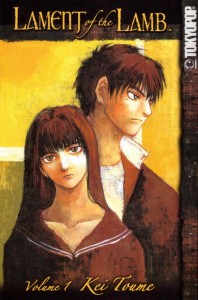
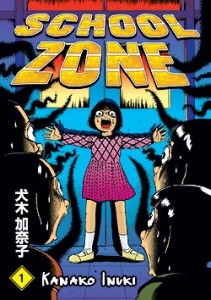
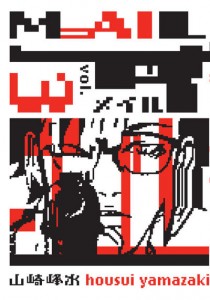

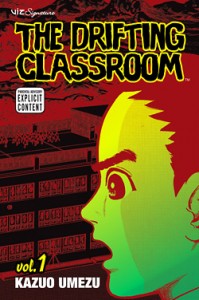
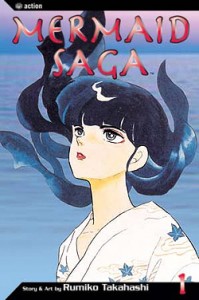
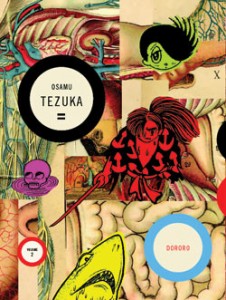
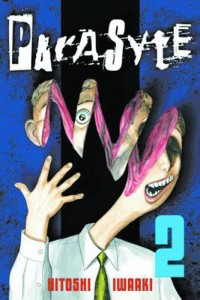

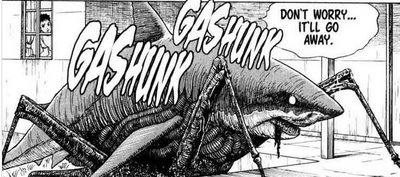










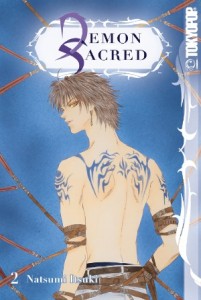



 Though I frequently grouse about fanservice , I have a grudging respect for those artists who make costume failures, panty shots, and general shirtlessness play essential roles in advancing their plots. Consider
Though I frequently grouse about fanservice , I have a grudging respect for those artists who make costume failures, panty shots, and general shirtlessness play essential roles in advancing their plots. Consider